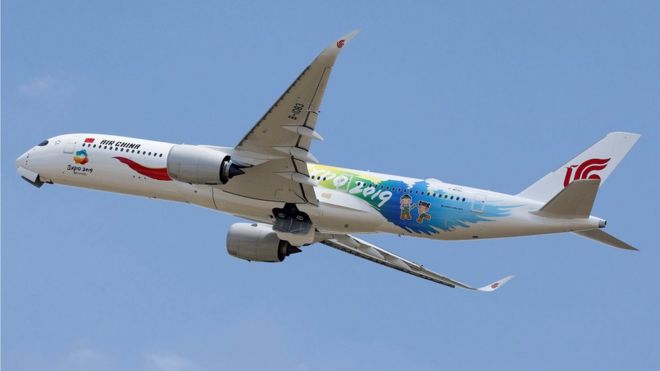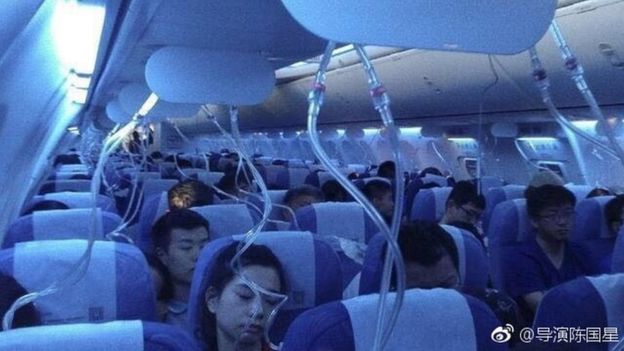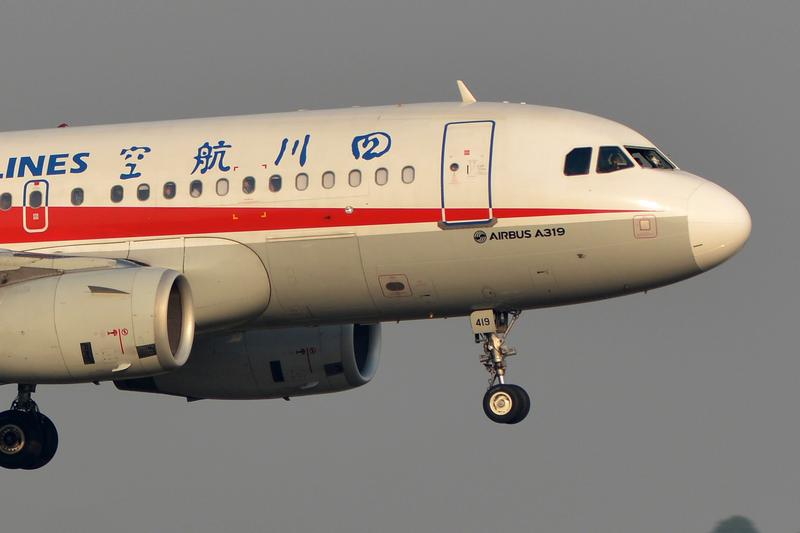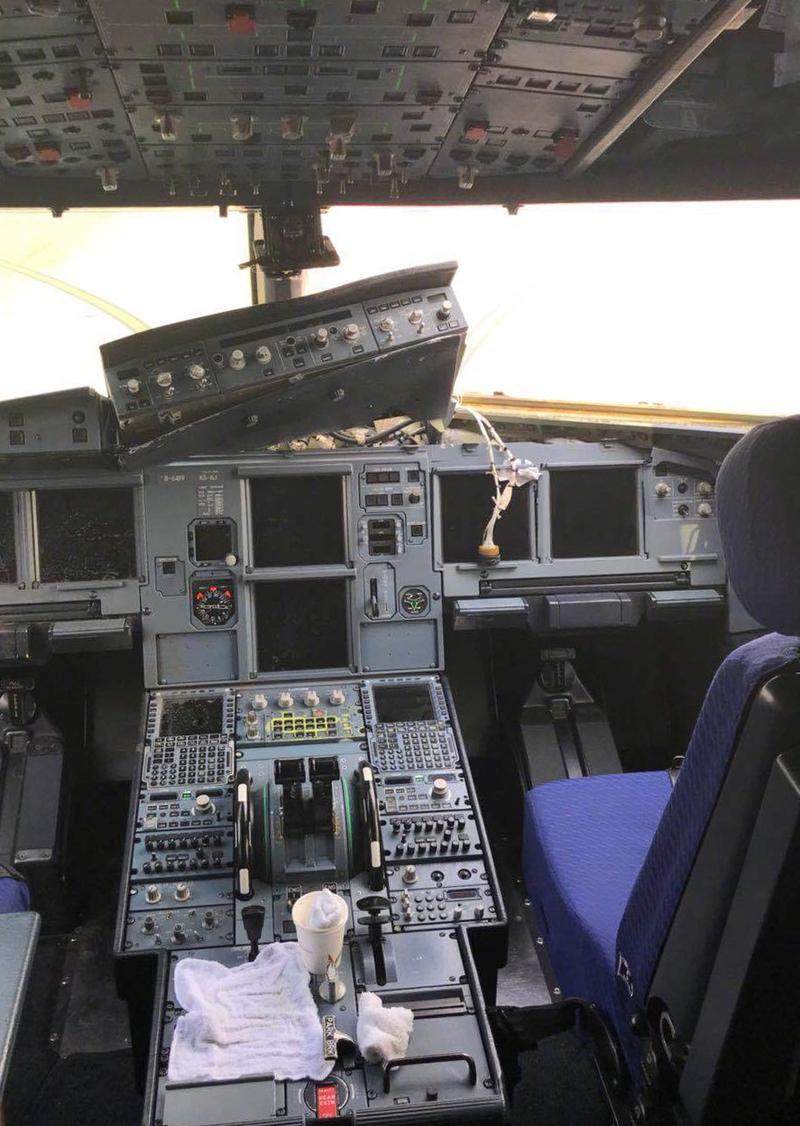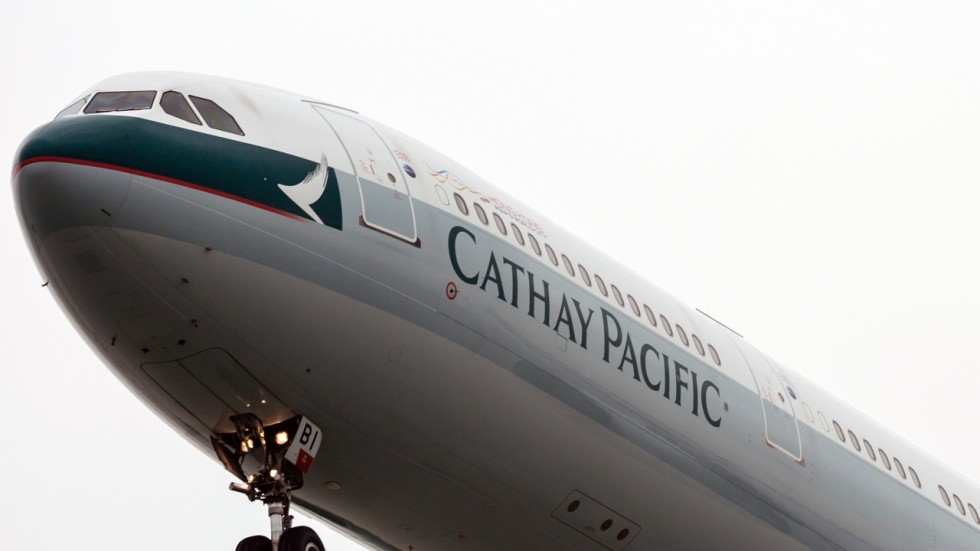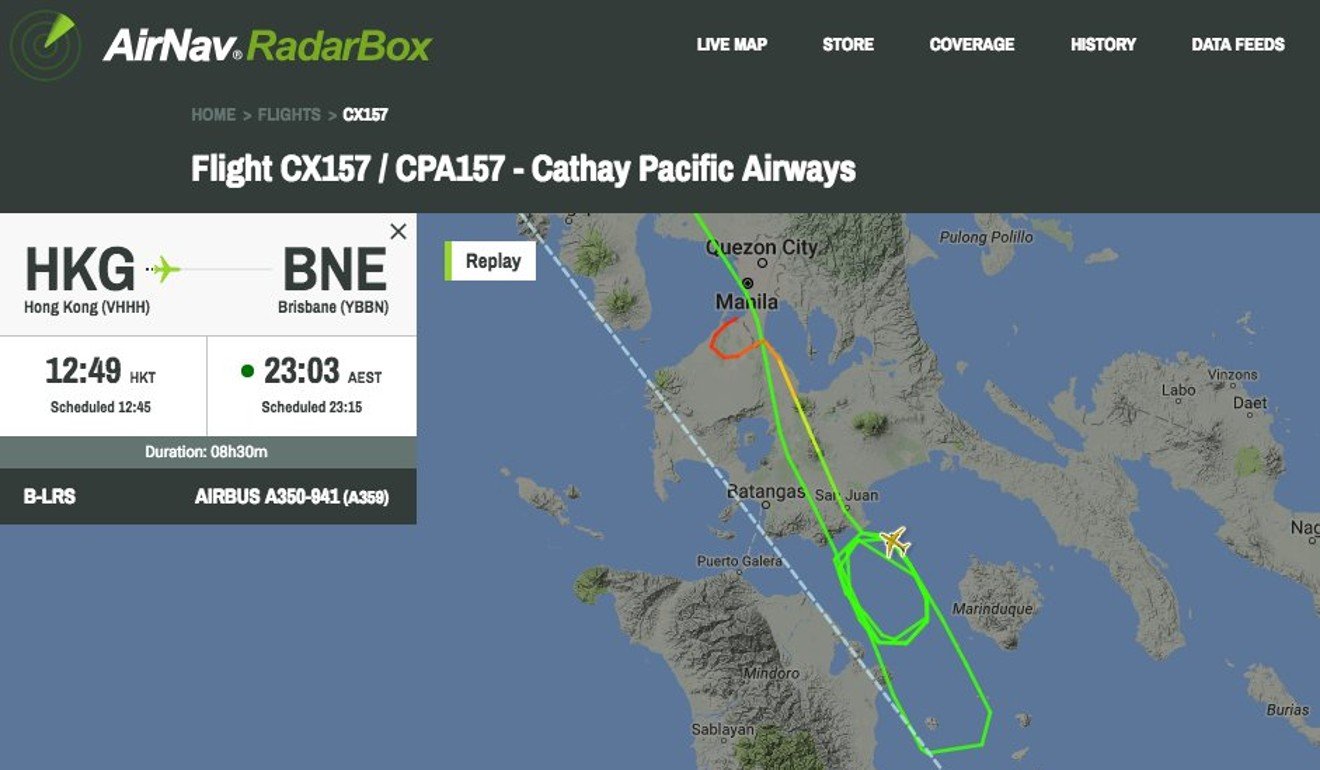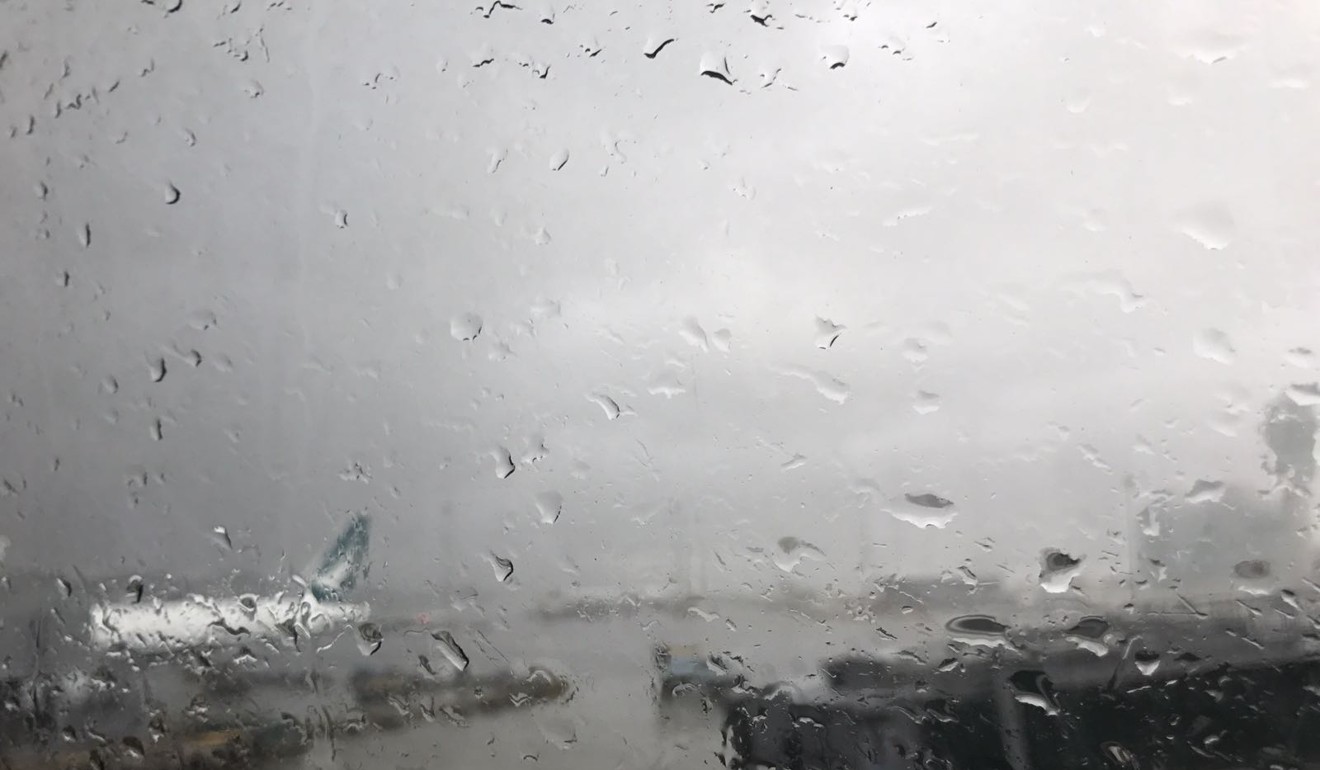-
A particularly aggressive strain of a virus is ravaging Mecca
-
some of the passengers on the Emirates flight were recently in mecca
The flight was direct from Dubai and did not make a stop in Mecca as the New York mayor’s office erroneously reported earlier.
Shortly before 10:30 a.m., Emirates Airlines said only about 10 passengers from Dubai had taken ill. Passengers said the number was in dozens, and the CDC issued a statement that 100 people were sick.
A government source briefed on situation said there was no evidence of a security or terror issue. Emirates‘ home office told U.S. officials it believes this incident was caused by food poisoning, but passengers also suggested a nasty flu virus could also be to blame.
“Even well before the flight when we were on line getting on board (in Dubai), there were people that were obviously very sick that should not have been allowed to get on board in the first place,” said passenger Erin Sykes.
Some point to a particularly aggressive strain of the virus ravaging Mecca, where some of the passengers had recently spent time. The flight did not go to a terminal but was directed to a hardstand area as emergency medical response teams investigated the cause of the illness, a standard procedure practiced by the Port Authority of New York and New Jersey for such emergencies.
“Passengers who are not ill will be allowed to continue with their travel plans, and if necessary will be followed up with by health officials,” said the CDC in a statement.
Mahesh Varavooru says his wife was not one of numerous passengers who fell ill, but she did see several people vomiting during the flight.
“She was scared, obviously, because it didn’t taxi yet and she was hoping the fight was going taxi and she couldn’t get out and was the middle of runway and cops all around,” Varavooru said about his wife’s experience on the plane.
All ten patients taken to the hospital were tested for the flu. The results of that test are expected sometime Thursday. As for the rest of the people on board who may have been exposed to the mystery illness, they’ve been told to follow up with their doctor if they feel sick at all in the coming week.
Photos From The Scene

Emergency vehicles surround Emirates Flight 203 in a holding area at John F. Kennedy Airport in New York on Sept. 5, 2018. (credit: CBS2)

Emergency vehicles surround Emirates Flight 203 in a holding area at John F. Kennedy Airport in New York on Sept. 5, 2018. (credit: CBS2)

Emergency vehicles surround Emirates Flight 203 in a holding area at John F. Kennedy Airport in New York on Sept. 5, 2018. (credit: CBS2)

Emergency vehicles surround Emirates Flight 203 in a holding area at John F. Kennedy Airport in New York on Sept. 5, 2018. (credit: CBS2)
Reported by CBS News on 5 September 2018.



